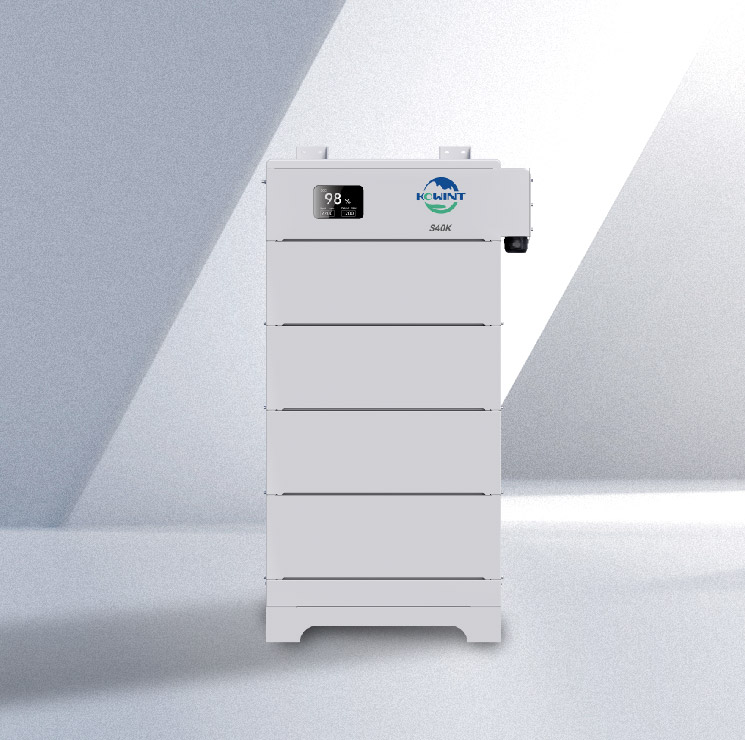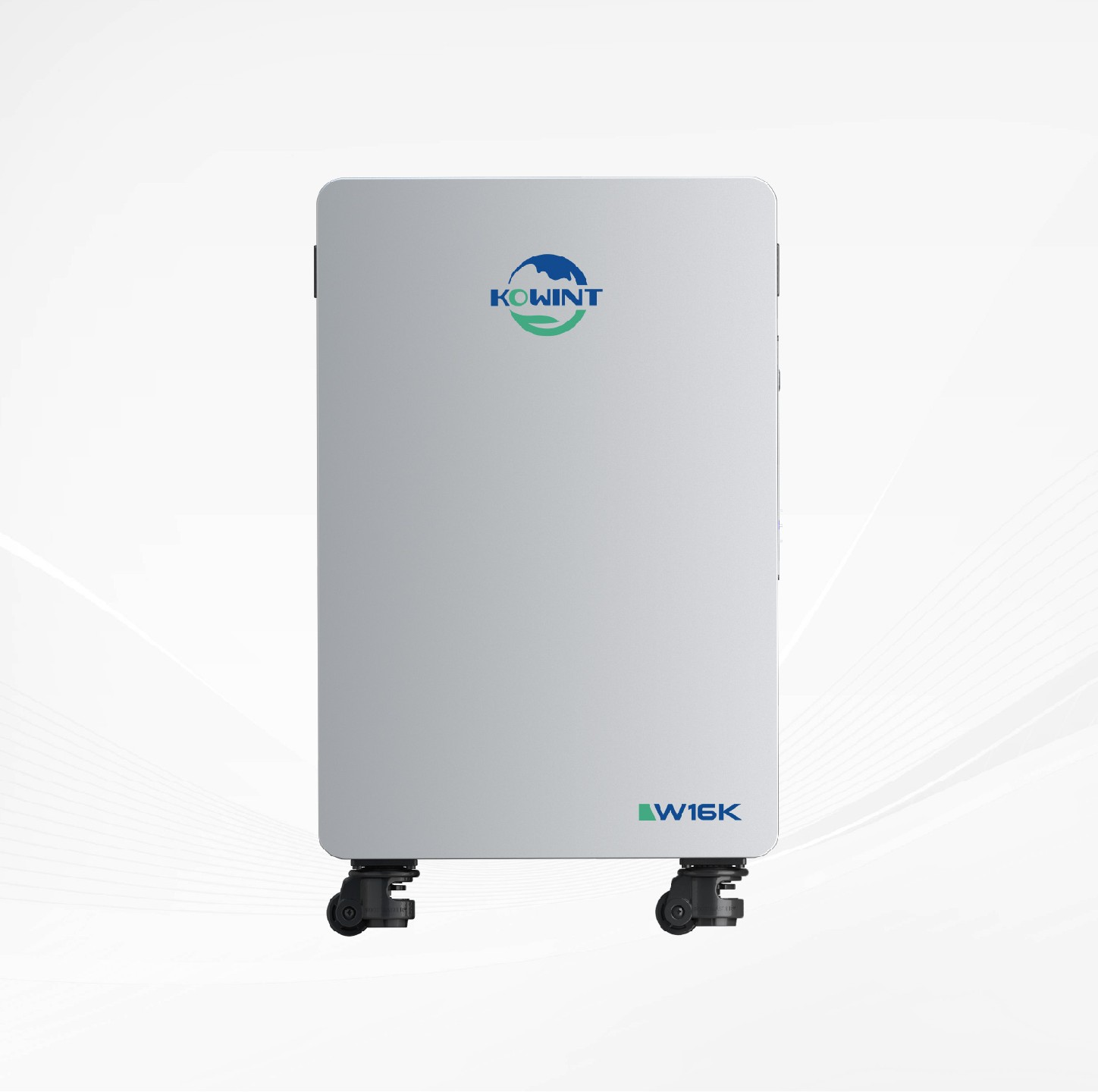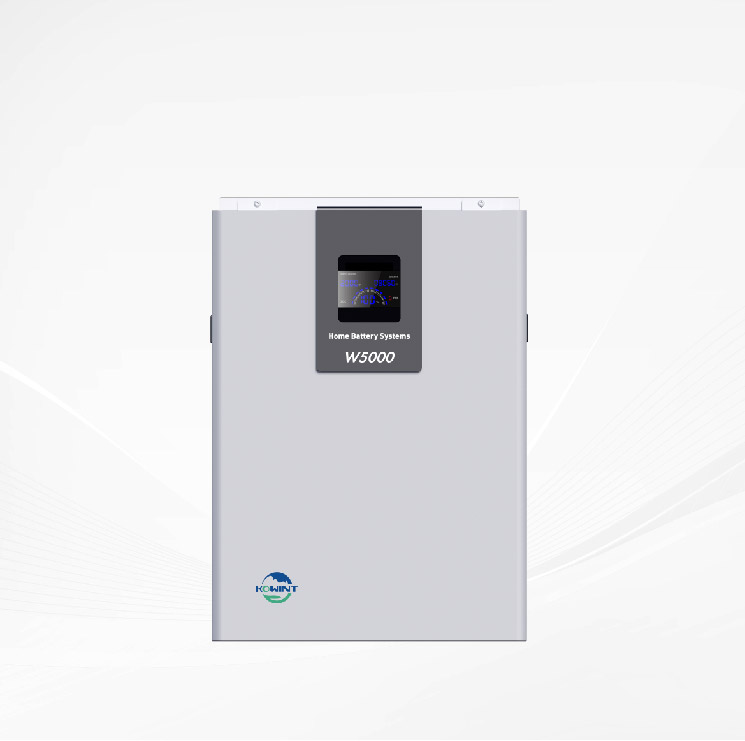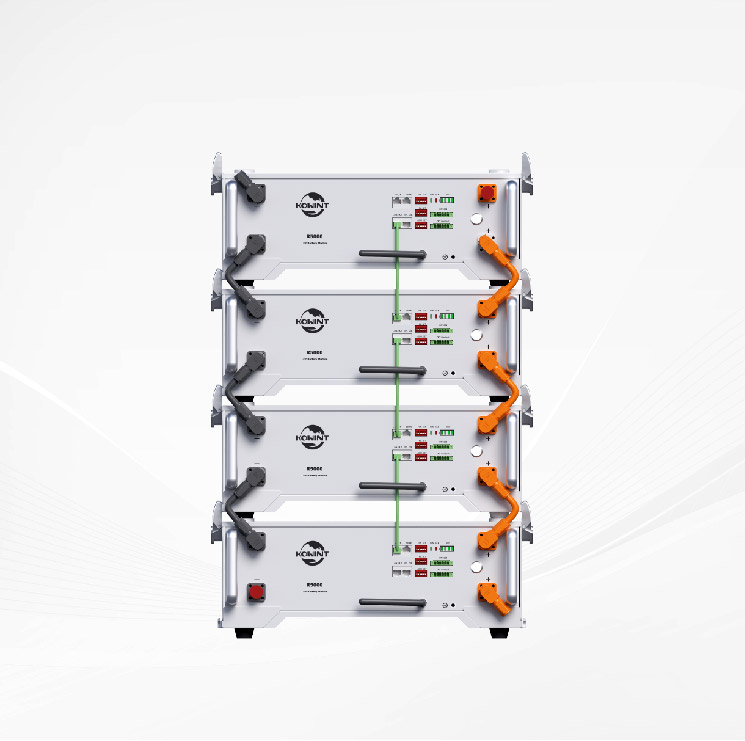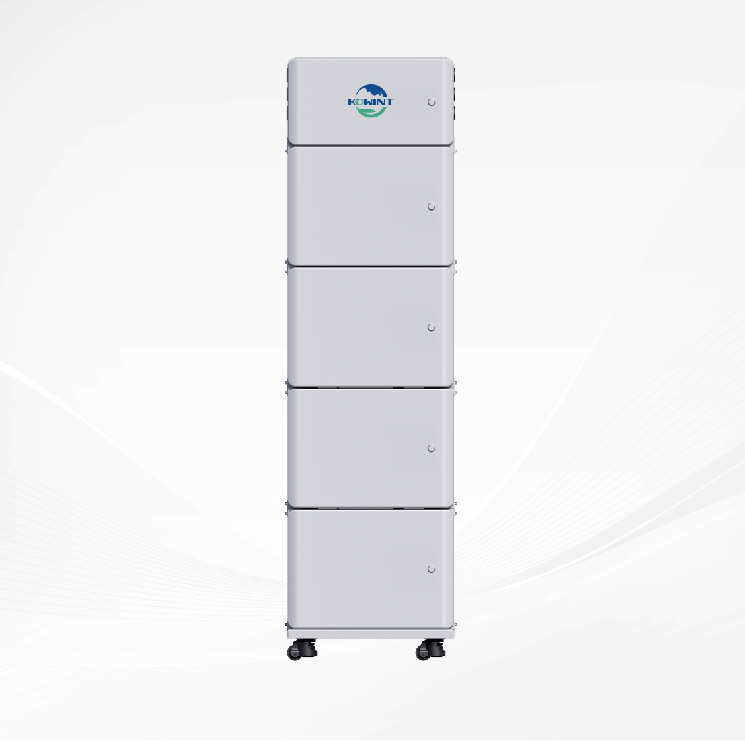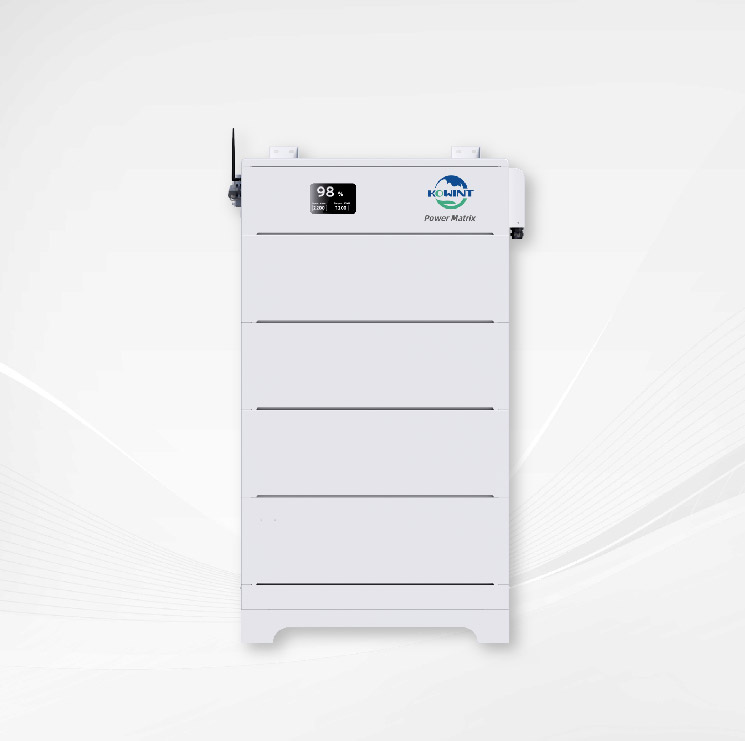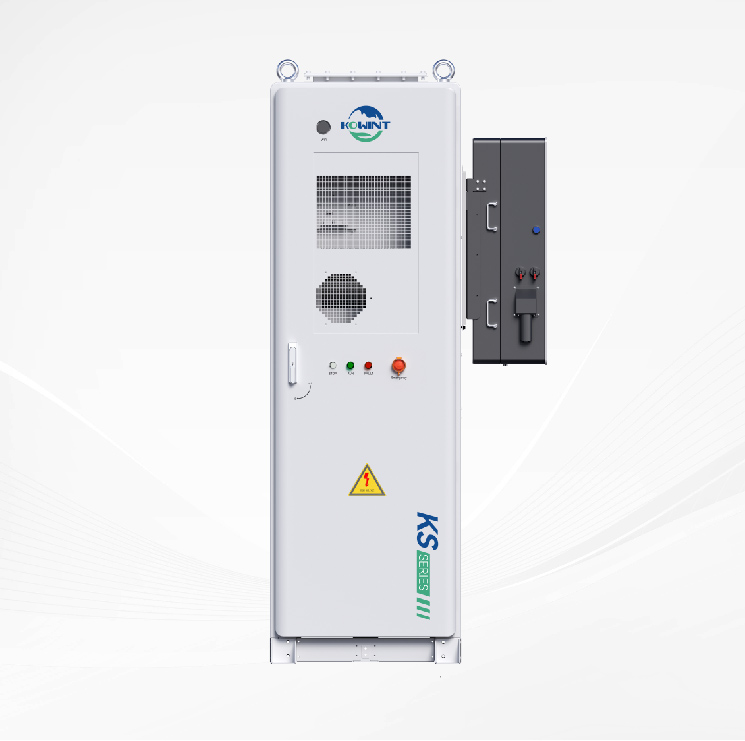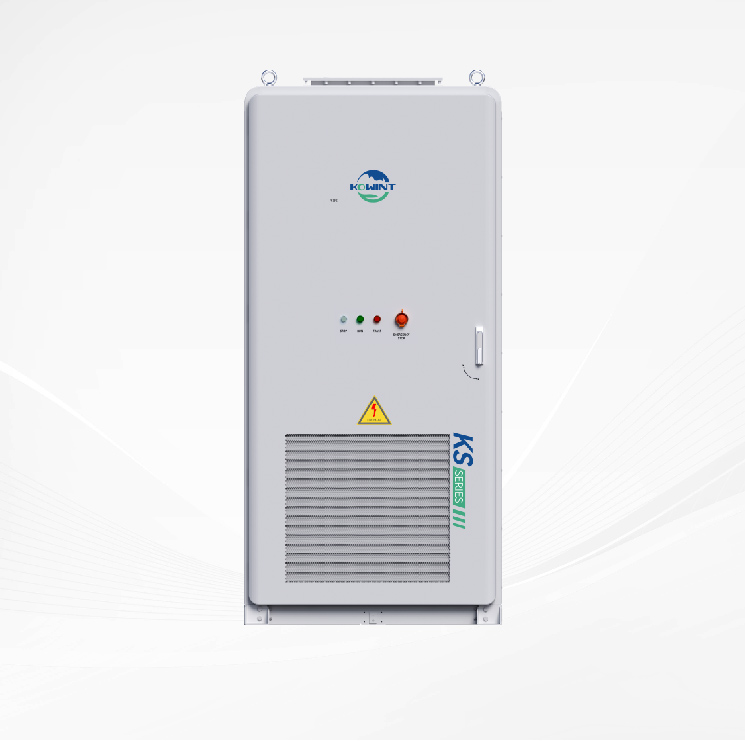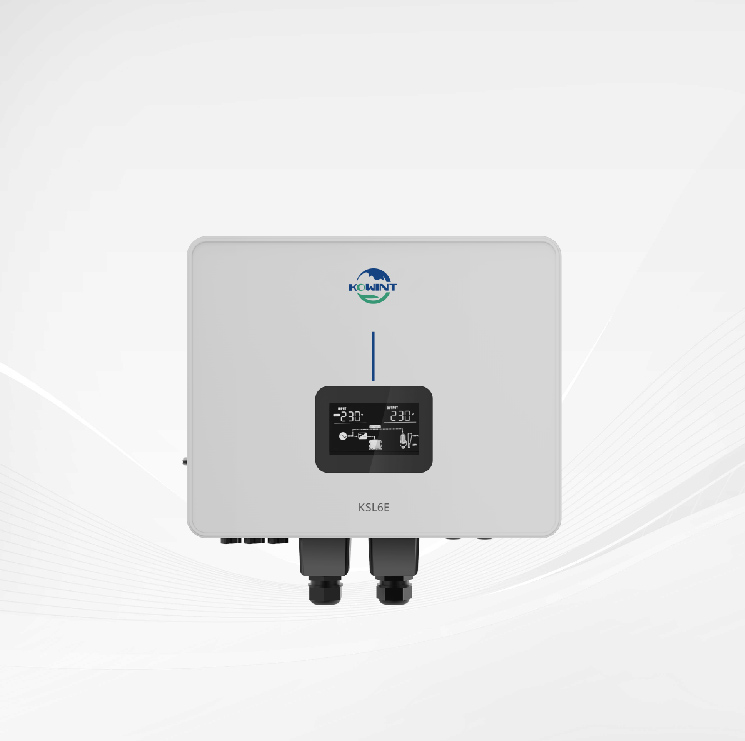Do lithium batteries freeze: What Low Temperatures Do to Your Battery
The question of why batteries fail in cold weather is both intriguing and annoying. Among the many variables that affect a battery's efficiency, temperature ranks high.
The capacity and discharge rate of a battery are reduced as the temperature decreases because the chemical reactions needed to produce energy become slower and less efficient. Further degradation can occur during charging, and the battery's mechanical stability declines.
Find out five strategies for keeping batteries warm when it's chilly outside, as well as why cold weather greatly reduces battery life.
Why Does a Cold Weather Battery Die?
Since battery cells are so temperature sensitive, they must typically undergo extensive testing to ensure they can withstand a broad variety of circumstances. Extremely low temperatures, on the other hand, can kill your batteries. Why, though, do cold-weather batteries always fail?
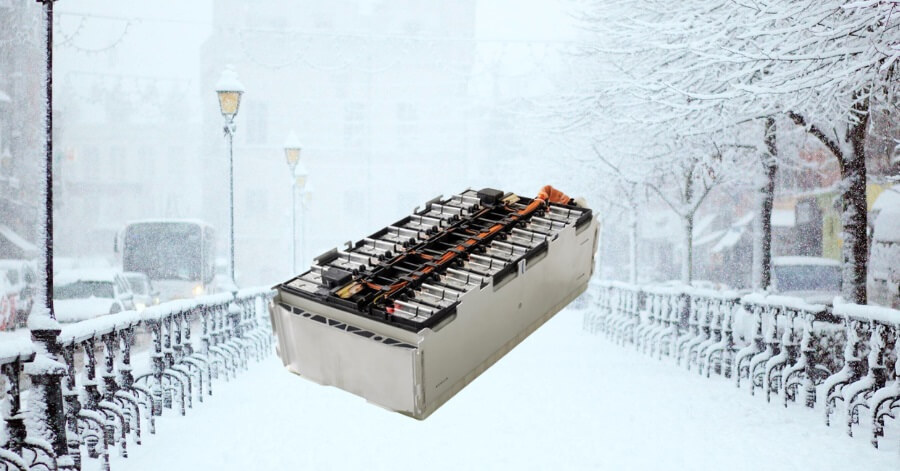
As the temperature decreases, the efficiency and speed of the chemical reactions needed to produce energy diminish. The battery's capacity and discharge rate are reduced as a result of this extended stress. And as the battery ages, its mechanical stability declines, making an unexpected failure more likely.
significantly more so, chemical processes can be significantly more hindered when charging a battery in cold conditions. Reversible reduction reactions power battery cells like lithium-ion batteries, which undergo rapid plating (the deposition of lithium ions on the anode without intercalation into the carbon sites) when temperatures drop dramatically. This can lead to a short circuit that destroys the battery by puncturing the cell's separator.
How Are Lithium-Ion Batteries Influenced by Cold Weather?
Have you ever been on a road trip or completed an outside project only to have your lithium-ion batteries die from the cold? Despite their reputation as one of the finest batteries in cold weather, lithium-ion batteries can be severely damaged by cold weather, reducing their efficiency and performance.
An electric current is discharged from a lithium battery when lithium ions are transferred from the negative electrode, the graphite anode, to the positive electrode, the cathode. In colder weather, this mechanism slows down, which reduces its power. Lithium ions will simply coat the anode (lithium plating) when temperatures drop, raising the electrolyte's resistance and reducing the amount of lithium ions available to generate an electric current. While it is optimal for lithium-ion batteries to function at 98-95% of their rated capacity, this can reduce it by 20-30%.
To summarise, it is important to operate, charge, and store lithium batteries according to cold weather requirements to ensure they preserve most of their functionality in cold weather. While these batteries are still the best option for cold weather, they can suffer from severe deficiencies if not handled properly. Because of these drawbacks, you should think about them whenever you plan a project, road trip, etc. in cold weather including lithium batteries.
Chemical Reactions at Low Temperatures: A Comprehensive Overview
As previously stated, the rate of lithium ion intercalation at the graphite electrode and the conductivity of the electrolyte within the battery both decrease as temperatures drop.
Ion insertion and ion adsorption are the two main processes of the intercalation reaction. Lithium ions are transferred from the cathode surface to the carbon sites in graphite during the ion insertion process. Lithium ions are adsorbed onto the carbon mesh surface in the ion adsorption process. As the temperature drops, the activation energy for intercalation drops as well, which slows down the insertion and adsorption rates of lithium.
An longer trench of alloy forms at the cathode surface as a result of the lithium plating reaction, which reduces the quantity of lithium ions accessible for insertion in the carbon sites. Due to an increase in alloy production at lower temperatures, the rate of plating accelerates. Not only does this plating decrease the amount of lithium ions that may be intercalated, but it also slows down the pace of intercalation.

The foregoing makes it quite evident that a lithium-ion battery's performance degrades as temperatures fall.
Can Lithium Batteries Freeze?
The subject of whether lithium batteries freeze is frequently asked. The truth is that the answer would always be no if the word "freeze" is taken at face value. The battery's capacity to power devices can be significantly reduced or eliminated when exposed to cold conditions.
Rapid reduction in the rate of lithium-ion transfer into and out of the anode occurs when lithium batteries are subjected to low temperatures. The anode's carbon site is blocked from receiving ions due to the lithium-ion alloy plating onto its surface, which slows down the rate of lithium-ion transfer. Thus, current cannot flow, and the battery capacity is significantly diminished. Battery "freezes" when lithium-ion cannot pass through the anode, to rephrase.
While freezing does reduce capacity, it has a more severe impact on particular battery components. The rate of lithium-ion transfer may decrease, for instance, if the electrolyte stiffens and is cycled less smoothly. The voltage and output power of a battery drop as its capacity drops.
To sum up, although it is not technically possible to "freeze" a battery, exposure to cold temperatures does damage lithium batteries. Low temperatures impair the performance of the battery components and the efficiency of the lithium-ion transfer between the anode and the battery.
When Do Lithium Batteries Experiencing Adverse Conditions?
In order to employ lithium batteries in equipment that operates throughout a wide temperature range, it is crucial to know which temperatures are harmful to them. Lithium batteries work best when stored between -4°F and 140°F, however for safety reasons, they should only be charged between 32°F and 131°F (0°C to 55°C). Never charge anything that isn't within the safe temperature range; doing so can cause an explosion.
So, at what temperature do lithium batteries fail? The batteries are very vulnerable to temperatures below 32 degrees Fahrenheit, which is unfortunate. As the temperature drops below freezing, the chemical reactions that power lithium batteries will inevitably slow down, rendering them nearly useless. The batteries can die completely at this stage.
Charging lithium batteries in temperatures below freezing might permanently damage them, therefore it's best to avoid doing so if you want to use them in those conditions.
Five Excellent Methods for Preserving the Life of Lithium Batteries in Cold Climates
Keeping a lithium battery warm in the winter demands more attention and care than usual. While you're out enjoying the winter, it's crucial to take specific steps to keep your lithium battery warm. In cold weather, here are five excellent ways to protect your lithium batteries.
1. Invest in a battery blanket. In cold weather, insulated blankets called "battery blankets" are utilised to keep batteries warm. To prevent the battery from being exposed to cold temperatures, they are intended to fit snugly over it. Their insulating properties shield the battery from the elements and lessen the amount of time the cells are exposed to cold temperatures by retaining the heat the battery produces.
2. Store your battery in a sealed container or an insulated storage unit. Insulated storage units, often known as battery boxes, are small, reusable containers that store lithium batteries by reducing the amount of cold air that can reach the battery's components. They keep in extra heat from the battery and the insulator helps dissipate any excess heat.
3. Before venturing out into the cold, use solar panels to charge them. Lithium batteries deplete their charge at a faster rate when the temperature drops. Preparing your lithium batteries for travel by charging them with solar panels is a smart move. Even on the cloudiest days, solar panels can provide a constant stream of electricity, keeping your batteries charged and at the ideal temperature.
4. Fourth, store lithium batteries in a warm place, such a garage. Maintaining the functionality and warmth of your battery, even in cold weather, is much improved by storing it in a heated environment, like a garage. This will help slow the rate at which the battery is damaged by cold temperatures.
5. Choose a battery-operated heater. Insulating and heating up lithium batteries with a battery heater is a fantastic idea, even in the dead of winter. To keep your lithium battery running strong in cold weather, look for a battery heater that is made exclusively for these batteries. You should be able to modify the temperature and other settings to your liking.
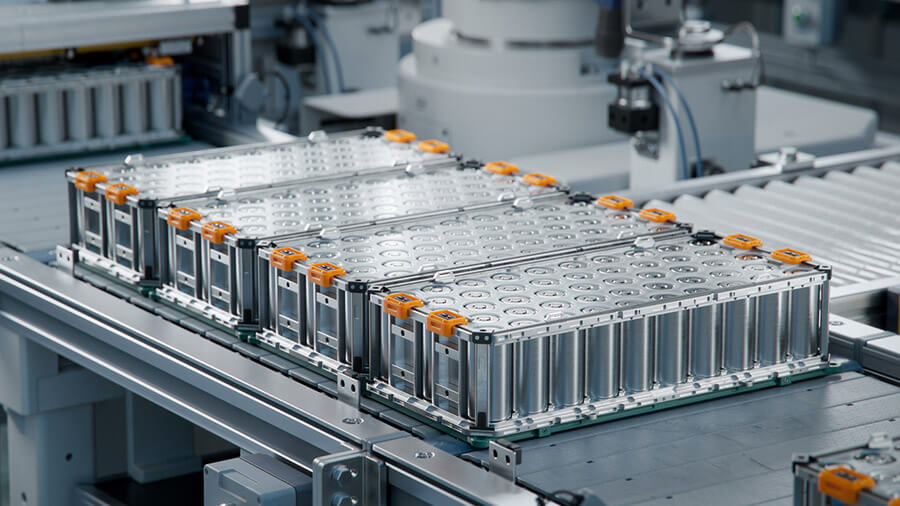
Tips for Charging Lithium Batteries in Cold Weather
If you want your investment to last, charging in cold weather requires a particular protocol. When temperatures start to fall, almost every battery demands a more complex charging procedure. In comparison to lithium, the range of acceptable charging conditions for lead-acid is more limited. But, both must be charged at a slower-than-usual rate and kept within their respective temperature ranges.
The charging pace has a direct correlation to the amount of damage to the battery when done at lower temperatures. You can lessen the impact by charging more slowly, but that's usually not an option. Charging batteries at temperatures below 0.1C is not possible when the temperature outside is between 32 and 14 degrees Fahrenheit. No temperature more than.05C can be used to charge batteries when the temperature drops between 14 and -4 degrees Fahrenheit. You can't predict how cold it will become during a charging cycle, thus these rates will lengthen the charging time and make everything more complicated. A cold burst of 18 degrees Fahrenheit could wake you up after you've gone to sleep in 40-degree temperatures. Overnight charging at a greater rate could damage your battery irreparably due to the lowering temperatures.
The most important thing to remember when charging batteries in cold weather is to always reduce the charge current, even when the temperature drops below freezing. To make matters more complicated, this requires that your charger be able to receive data from your BMS and process it appropriately. Be careful to charge the battery to within 5-10% of its capacity if you must charge it below freezing temperatures.
Winter Storage Instructions for Lithium-Ion Batteries
l You should clean your batteries on a regular basis, but it's especially crucial before leaving it unused for an extended period of time. Battery life is drastically reduced when exposed to dirt and corrosion, which accelerates the rate of discharge. Use a solution of baking soda and water to gently clean your battery.
l If you want to use your lithium-ion battery-powered automobiles in the winter, here's a simple tip: warm the battery before usage. Before you go behind the wheel, let the car a few minutes to warm up. During operation, batteries produce heat within. Turning the key in the ignition will immediately start heating up the battery. You should be able to use your battery without worrying about it getting too hot after a few minutes.
l Be careful not to expose your battery to temperatures below 32 degrees Fahrenheit or above 80 degrees Fahrenheit when storing it.
l Keep in mind that you should charge your battery often; ideally, you should never let a lithium-ion battery die completely. It is easy to put off charging your batteries over the cold. The good news is that compared to other types of batteries, lithium-ion ones have a far longer hold time.
l Opt for premium lithium-ion energy storage devices: Continental Battery and other high-end brands of modern lithium-ion batteries are more able to withstand frigid temperatures than older, less expensive models. They are better equipped to weather not just one winter, but several winters to come, thanks to their longevity.
Choose Lithium-Ion Batteries for Superior Cold Resistance
A high-quality, efficient battery is an investment that can withstand cold conditions. Is a hot lithium battery necessary? If you're planning on using your lithium battery in really cold weather, the answer is yes.
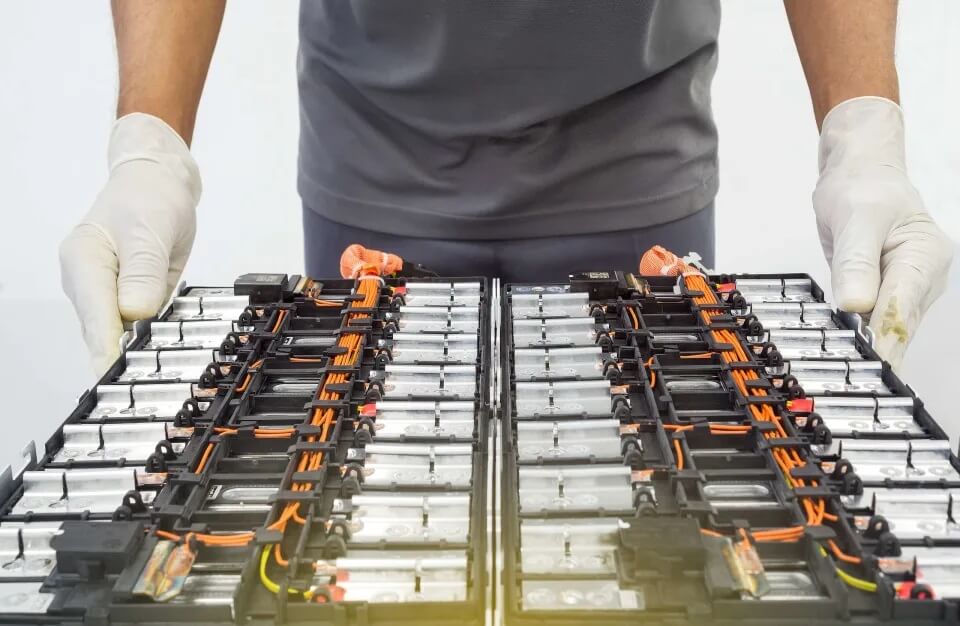
Charge Lithium Batteries Below Freezing Point: A More Technical Analysis
Because the operating temperature range is dependent on numerous factors, such as cell chemistry, cell shape, separator material, electrolyte chemistry, etc., generalisations regarding cold temperature limits are overly general. By enhancing ionic conductivity in the low-temperature formulation, the internal resistance is reduced, leading to an increase in cranking power and charge acceptance, as well as the ability to retain capacity down to -30°C (with a charge retention rate of over 95%). There are other consumer-grade lithium-ion batteries available, and their capacity retention at -30°C is as low as 50%.
When the temperature is low, charging is slowed down, but it is not halted. The gradual release of lithium ions from electrodes is the cause of the lag. During the charging process, lithium-ion intercalation (or diffusion) into the anodes slows down at low temperatures, leading to the plating of the anode surface with lithium-ion cathode material. Furthermore, the excellent intercalation at this high charge rate is responsible for the strong retention of charge that was previously stated.


 Residential Energy Storage System
Residential Energy Storage System Commercial & Industrial BESS
Commercial & Industrial BESS Residential inverter
Residential inverter